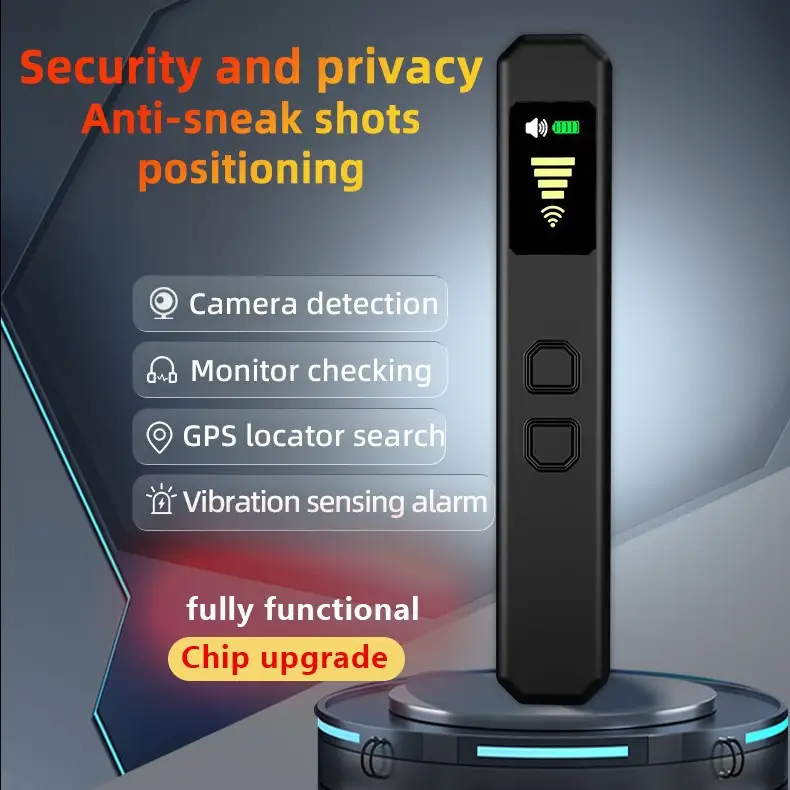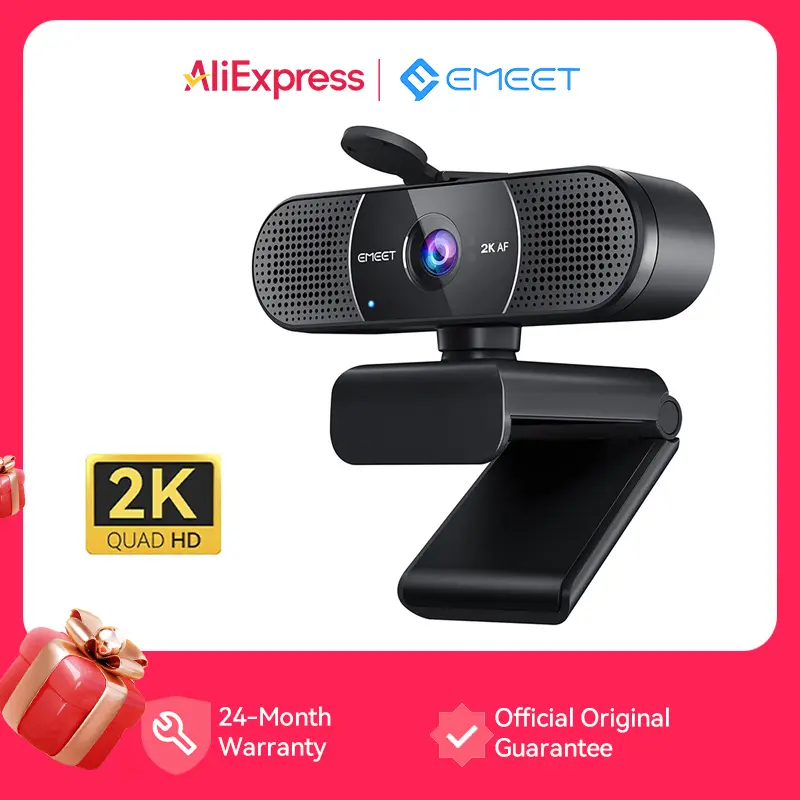📋 Table of Contents:
The Unseen Guardian: Your Complete Guide to Hidden Camera Detectors
In an age defined by smart technology and constant connectivity, privacy has become a precious commodity. With the miniaturization of cameras and advances in concealment techniques, it's no longer unthinkable that a hidden lens could be watching you in a rented vacation home, a hotel room, or even a private space. This is where the hidden camera detector comes in—not as a gadget from a spy thriller, but as a practical tool for defending your personal space.
What is a Hidden Camera Detector?
A hidden camera detector is a dedicated device or smartphone application designed to identify the presence of covert surveillance cameras operating without your knowledge. These devices work through several key methods to detect the traces cameras leave behind:
Lens Reflection Detection: This is the classic and most effective method. The detector projects a bright, sweeping red LED light across a room. When this light hits the lens of a hidden camera (even one smaller than a pinhead), it reflects back to the detector as a bright, visible glint, making the lens stand out clearly.
Radio Frequency (RF) Detection: Most modern hidden cameras are wireless, transmitting video to a remote receiver. An RF detector scans the surrounding environment for these unusual wireless signals. Upon detecting a strong, unexplained transmission, it alerts you to a potential transmitting device nearby.
Magnetic Field Detection: All electronic cameras contain small magnetic components. Advanced detectors can sense these weak magnetic fields, helping to pinpoint a camera's location even if it's offline or not currently transmitting a signal.
Why You Might Need a Hidden Camera Detector
Privacy in Accommodations: Hotel rooms, Airbnb apartments, and vacation rentals are common locations for hidden cameras. A detector provides peace of mind during your stay.
Inspecting Private Spaces: Before renting an office or moving into a new home, it's a prudent step to sweep the area for any surveillance devices.
Protection from Harassment and Blackmail: Unfortunately, hidden cameras are sometimes used for malicious purposes like harassment or extortion. A detector is a crucial first line of defense.
General Peace of Mind: Ultimately, it's about feeling secure and in control of your personal environment.
How to Choose the Right Detector for Your Needs
With options ranging from dedicated devices to smartphone apps, here are the key selection criteria:
Type of Detection:
For General Use: Choose a device that combines both lens reflection and RF detection for comprehensive coverage.
For Basic Detection: If your primary goal is to find camera lenses, simpler devices with LED lights may be sufficient.
Smartphone Apps: Free apps that detect magnetic fields can be helpful, but their effectiveness is generally limited compared to dedicated hardware.
Sensitivity and Adjustability: Look for a device that allows you to adjust the sensitivity of the RF detector to avoid false alarms from routers or nearby phones.
Ease of Use: A simple interface with clear audible or visual indicators makes the scanning process smooth and efficient.
Portability and Power: If you travel frequently, opt for a compact, portable device that runs on batteries.
A Step-by-Step Guide to a Thorough Sweep
Owning the device is only half the battle; using it correctly is key:
Prepare the Environment: Turn off the lights. Lens reflection technology works best in darkness.
Identify Suspicious Locations: Focus your scan on common hiding spots: smoke detectors, air vents, TV bezels, electrical outlets, mirrors (especially two-way mirrors), bookshelves, and any small decor items.
Scan Slowly and Methodically: Move the detector slowly across the room, focusing on different angles and heights. Do not rush.
Check Mirrors: Place your finger against the mirror's surface. If there's no gap between your finger and its reflection, it's a regular mirror. If a gap is visible, it could be a two-way mirror. Use your lens reflection detector to confirm.
Use the RF Detector: Turn it on and walk around the room. If it picks up a strong signal, try to trace it to its source.
The Limitations of Camera Detectors
It's important to be realistic:
Wired Cameras: RF detectors cannot identify cameras that record locally to a memory card (with no wireless transmission).
Inactive Cameras: If a camera is powered off or disconnected, it will not emit a detectable signal.
The Need for Visual Inspection: A careful visual examination of suspicious areas remains an essential complement to any device.
Conclusion: An Investment in Peace of Mind
In a world where our privacy is threatened in unseen ways, a hidden camera detector is no longer a luxury but a necessary precaution for travelers, renters, and anyone who values their personal space. It is a relatively simple investment that can provide invaluable peace of mind and protect you from unthinkable violations. In the defensive battle for your personal privacy, this "unseen guardian" is your strongest ally.
S6 Pro Anti-Spy Detector 4-in-1
Hidden Camera Finder, Wireless Bug Detector, GPS Tracker Scanner — perfect for hotel, travel, and home security.
FAIZER Anti-Spy Kit — Professional Equipment Against Phone Taps & Hidden Cameras
A complete set for detecting hidden cameras, microphones, GPS trackers, and hacking attempts — your easy solution to protect your privacy.










.jpg)